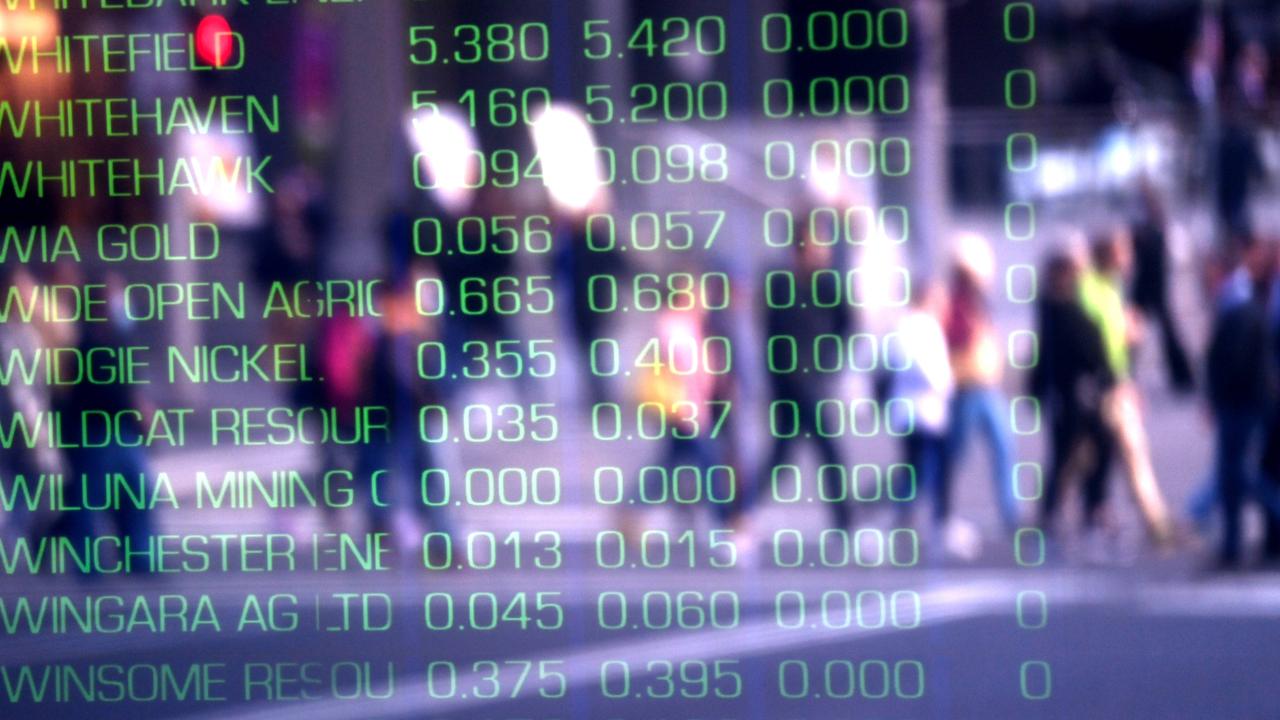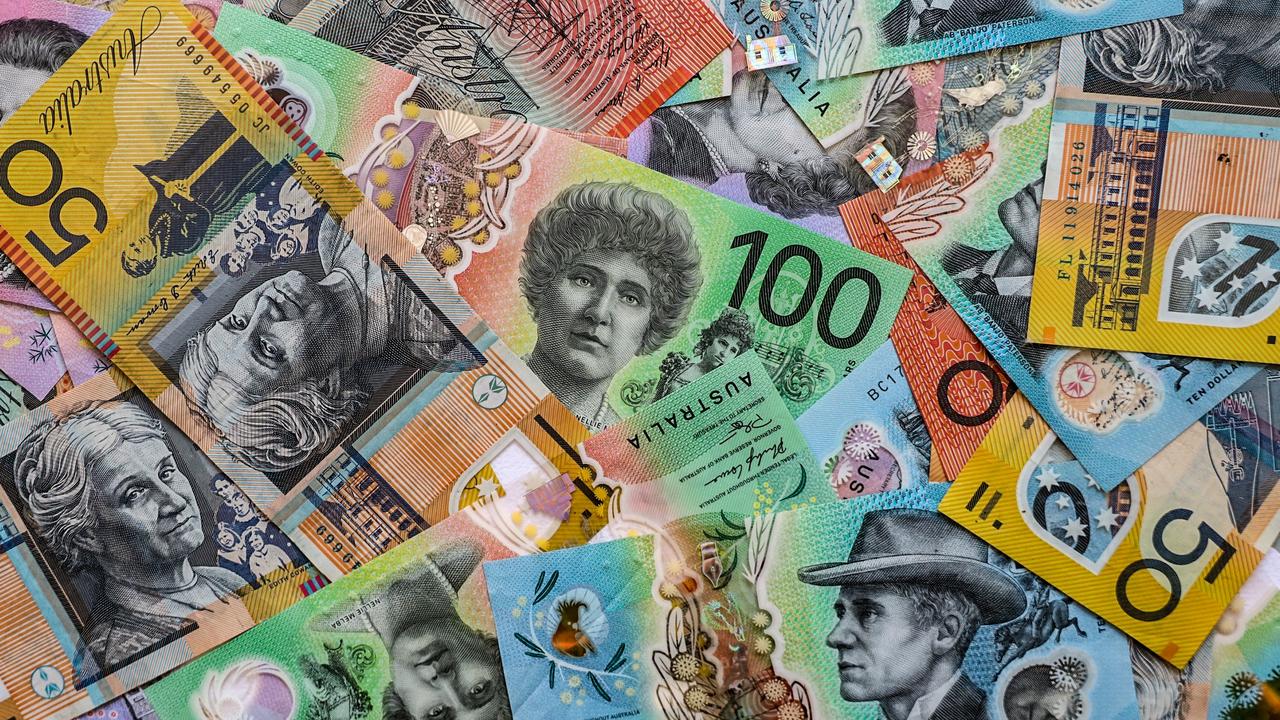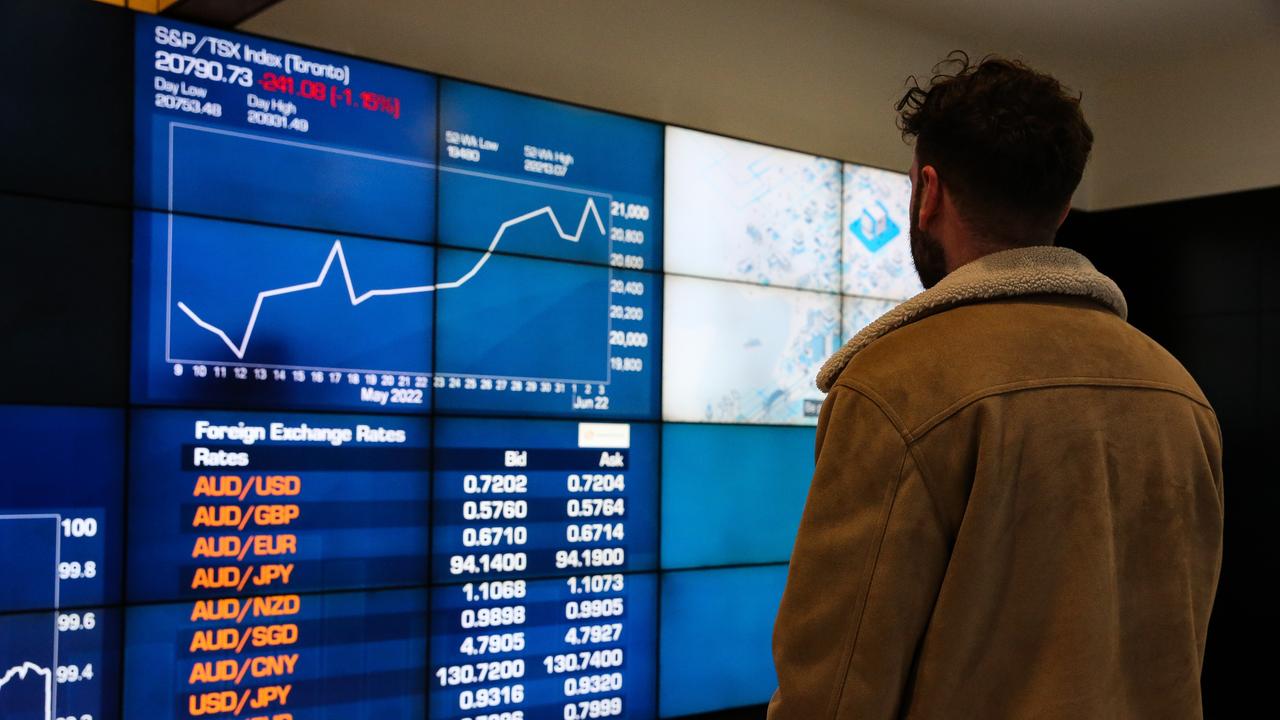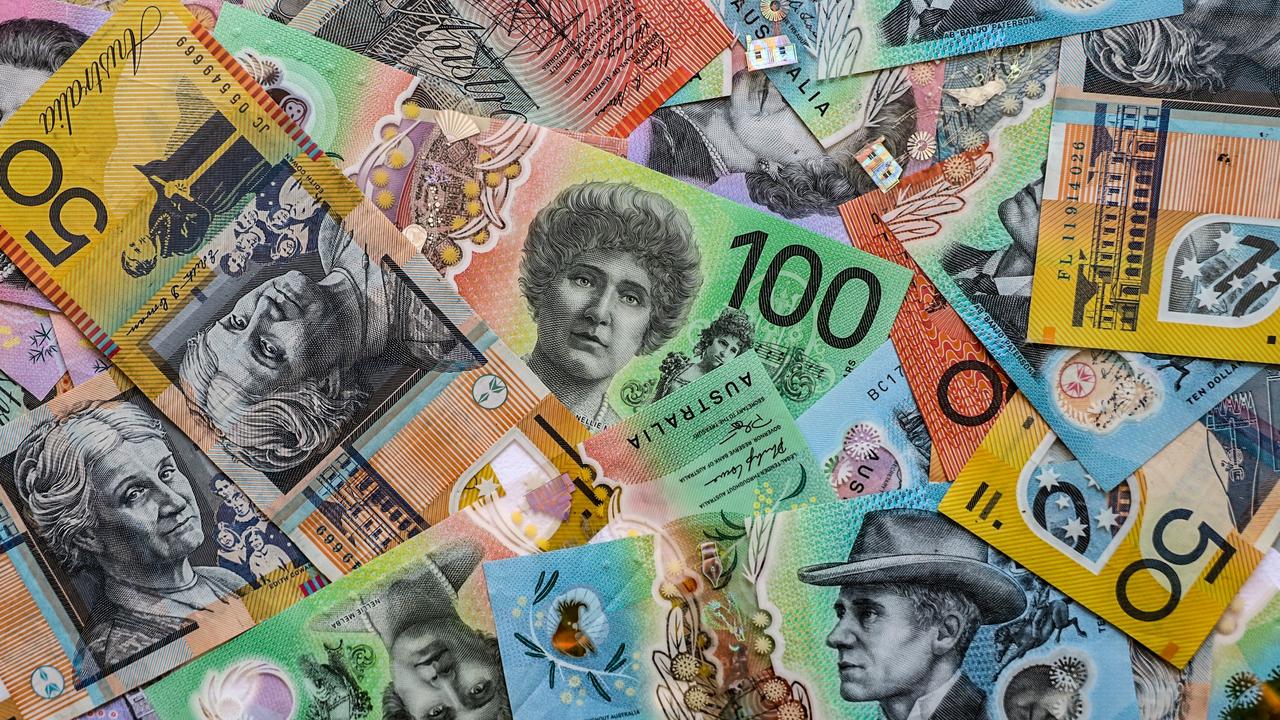OECD tips rapid economic growth in Australia this year, beaten only by China in Asia Pacific
The Australian economy is forecast to grow rapidly this year thanks to the successful battle to contain COVID-19, with business bouncing back.

Business Breaking News
Don't miss out on the headlines from Business Breaking News. Followed categories will be added to My News.
The Australian economy is set to grow at a rapid rate when the coronavirus pandemic subsides, the Organisation for Economic Co-operation and Development says.
The Paris-based organisation on Tuesday night released its interim economic outlook, tipping Australia’s GDP growth this year will be 4.5 per cent.
That’s a big jump from 3.3 per cent in the December quarter.
The last time Australia rebounded with such strength was at the beginning of last decade as the nation emerged from the global financial crisis, with GDP of more than 3.9 per cent recorded in 2012.
In its latest outlook, the OECD said a global economic recovery from the COVID-19 pandemic was in sight, but a faster and more effective vaccination rollout across the world was critical while respecting necessary health and social distancing measures.
“Activity in many sectors has picked up and adapted to pandemic restrictions over recent months. Vaccine deployment, although uneven, is finally gaining momentum, and government fiscal stimulus – particularly in the US – is likely to provide a major boost to economic activity,” the report read.

“But the pandemic is widening gaps in economic performance between countries and between sectors, increasing social inequalities, particularly affecting vulnerable groups and risking long-term damage to job prospects and living standards for many people.”
The OECD sees global GDP growth at 5.6 per cent this year, an upward revision of more than 1 percentage point since its projection in December, and 4 per cent in 2022.
“World output is expected to reach pre-pandemic levels by mid-2021, but the pace and duration of the recovery will depend on the race between vaccines and emerging variants of the virus,” the OECD said.
US growth is projected to be 6.5 per cent this year, partly reflecting the large-scale fiscal stimulus now planned plus a sustained pace of vaccination.
But in the euro area, where the level of fiscal stimulus is lower and vaccine rollout slower, the GDP growth forecast is 3.9 per cent.
“Prospects are brighter in the Asian-Pacific region where several countries have effectively contained the virus and where industrial activity has regained dynamism,” the OECD said.

China is expected to lead the region with projected GDP growth of 7.8 per cent, with Australia overtaking Japan’s 2.7 per cent and Korea’s 3.3 per cent.
The recovery is likely to be more moderate in the emerging market economies of Latin America and Africa amid a resurgence of the virus, slow vaccine deployment and limited scope for additional policy support.
The OECD forecasts Australia’s GDP growth next year to be 3.1 per cent.
While the numbers look promising, there are still fears the end of JobKeeper this month will cause mass job losses.
Commonwealth Bank economists estimate that up to 110,000 jobs may be lost from the end of March, with the travel-sensitive sectors of transport, food and accommodation, and arts and recreation most likely to be hit.
The economists said it was therefore no surprise Prime Minister Scott Morrison flagged on Tuesday additional targeted support measures for the tourism, travel and aviation sectors and also announced a further $1.2bn in wage subsidies for apprentices.
Originally published as OECD tips rapid economic growth in Australia this year, beaten only by China in Asia Pacific





